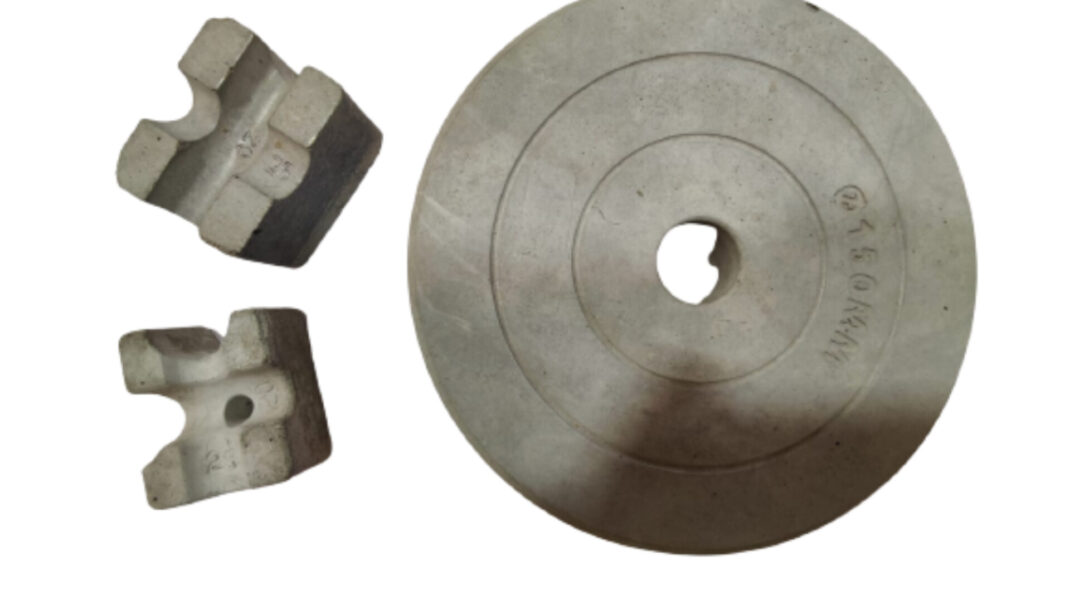
Enhancing Durability and Strength with Concrete Cover Blocks
Introduction
In the realm of construction, ensuring the longevity and structural integrity of concrete structures is of paramount importance. One crucial factor that contributes to this aspect is the proper use of concrete cover blocks. These small but significant elements play a pivotal role in enhancing the durability and strength of reinforced concrete, safeguarding it against environmental factors, corrosion, and other potential threats. In this blog, we will delve into the significance of concrete cover blocks, their types, applications, and the benefits they offer to the construction industry.
What are Concrete Cover Blocks?
Concrete cover blocks, also known as spacer blocks or concrete spacers, are small devices made of concrete, plastic, or other composite materials. Their primary purpose is to maintain a prescribed distance between the reinforcing bars (rebars) and the outer surface of the concrete structure. The reinforcement is embedded within the concrete to provide tensile strength, and the cover blocks ensure that these rebars stay protected from external influences.
Significance of Concrete Cover Blocks
- Preventing Corrosion: Concrete cover blocks shield the reinforcing bars from moisture and aggressive substances present in the environment, thereby minimizing the risk of corrosion. Corrosion of rebars can lead to concrete spalling, weakening the structure over time.
- Enhanced Fire Resistance: Adequate concrete cover offers improved fire resistance to the structure. During a fire, the concrete cover acts as a barrier, protecting the embedded rebars from direct exposure to high temperatures, which could otherwise lead to structural failure.
- Increased Structural Stability: Proper spacing and placement of cover blocks ensure that the reinforcing bars are held securely in their designated positions. This, in turn, enhances the structural stability and load-bearing capacity of the concrete element.
Types of Concrete Cover Blocks
- Concrete Cover Blocks: These are traditional cover blocks made of concrete and are available in various shapes, such as circular, rectangular, or square. They are preferred for their high strength and durability, making them suitable for heavy-duty applications.
- Plastic Cover Blocks: Made from high-quality plastic materials, these cover blocks are lightweight and offer excellent resistance to moisture, chemicals, and corrosion. They are easy to handle and fix, making them a popular choice for smaller construction projects.
- Fiber-reinforced Concrete Spacers: These cover blocks are reinforced with fibres, such as glass or steel, which enhance their tensile strength and crack resistance. Fiber-reinforced spacers are known for their versatility and are often used in specialized construction scenarios.
Applications of Concrete Cover Blocks
Concrete cover blocks find applications in various types of construction, including:
- Reinforced Concrete Structures: They are extensively used in the construction of beams, columns, slabs, and foundations to provide the necessary concrete cover for the embedded reinforcement.
- Precast Concrete Elements: Cover blocks are also used in precast concrete elements, ensuring proper spacing and alignment of rebars during the manufacturing process.
- Road and Bridge Construction: In infrastructure projects like roads and bridges, concrete cover blocks help reinforce structures against heavy loads and environmental stresses.
Benefits of Using Concrete Cover Blocks
- Longevity and Durability: By preventing corrosion and damage to the rebars, cover blocks significantly extend the lifespan of concrete structures, reducing maintenance costs in the long run.
- Improved Structural Performance: Adequate concrete cover ensures that the reinforcing bars provide the intended strength and support to the structure, enhancing its overall performance.
- Compliance with Building Codes: Many building codes and standards specify the minimum required concrete cover for different types of structures to ensure safety and stability.
Conclusion
Concrete cover blocks might seem like minor components in construction, but their role in enhancing the durability and strength of concrete structures is crucial. By providing a protective layer around the reinforcing bars, these unassuming devices safeguard against corrosion, fire, and other external factors, ensuring that the structure stands the test of time. Architects, engineers, and construction professionals must pay close attention to using the right type of cover blocks and adhering to the recommended spacing to achieve robust and long-lasting concrete constructions.

Leave a comment